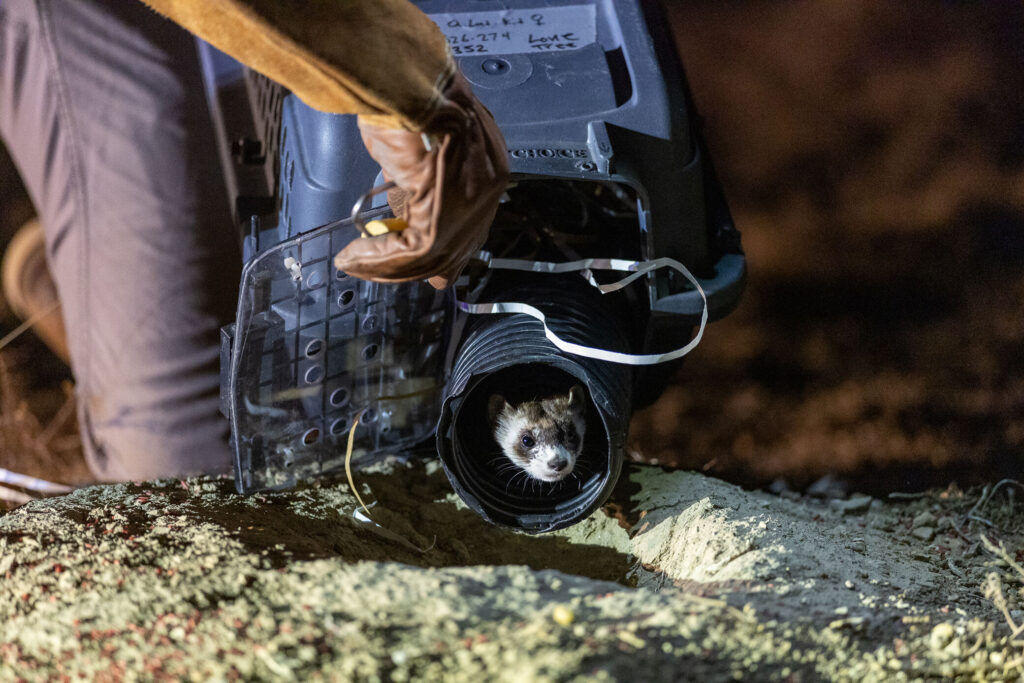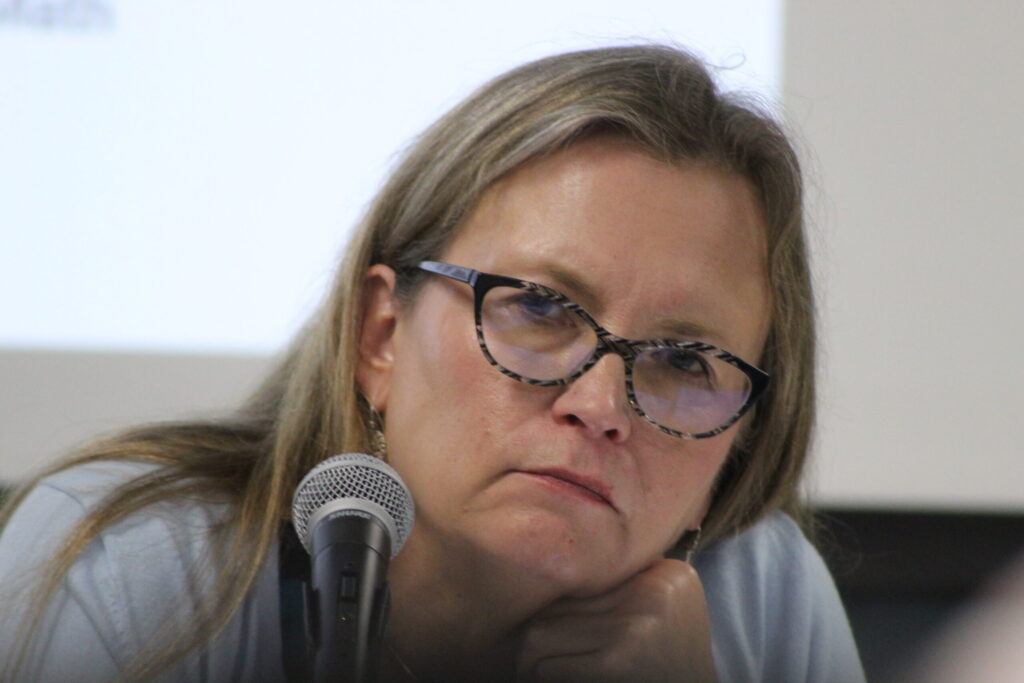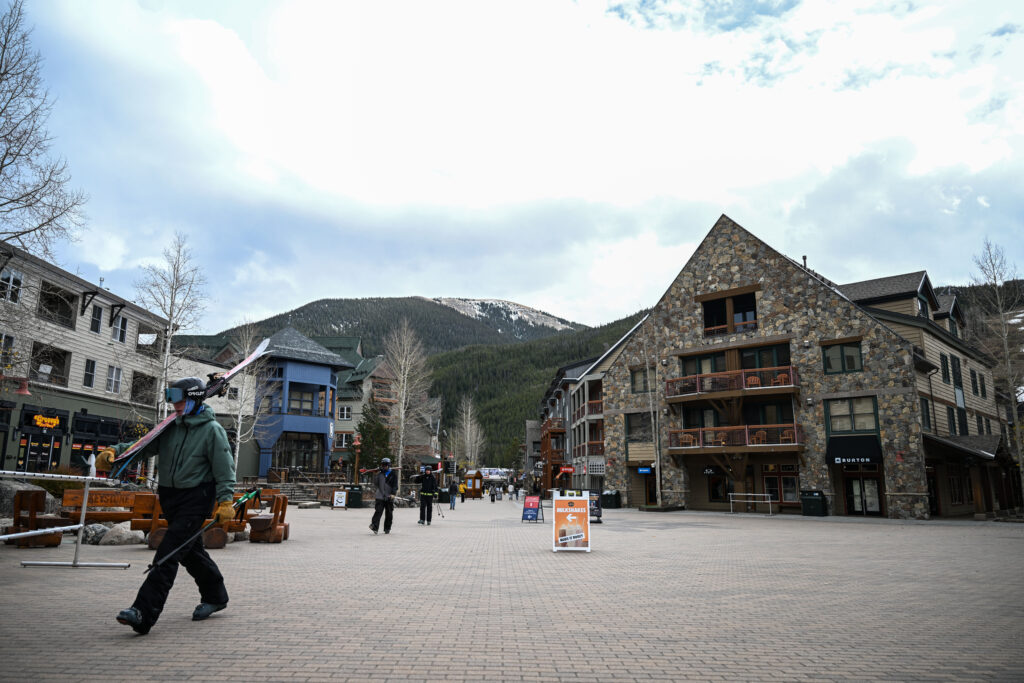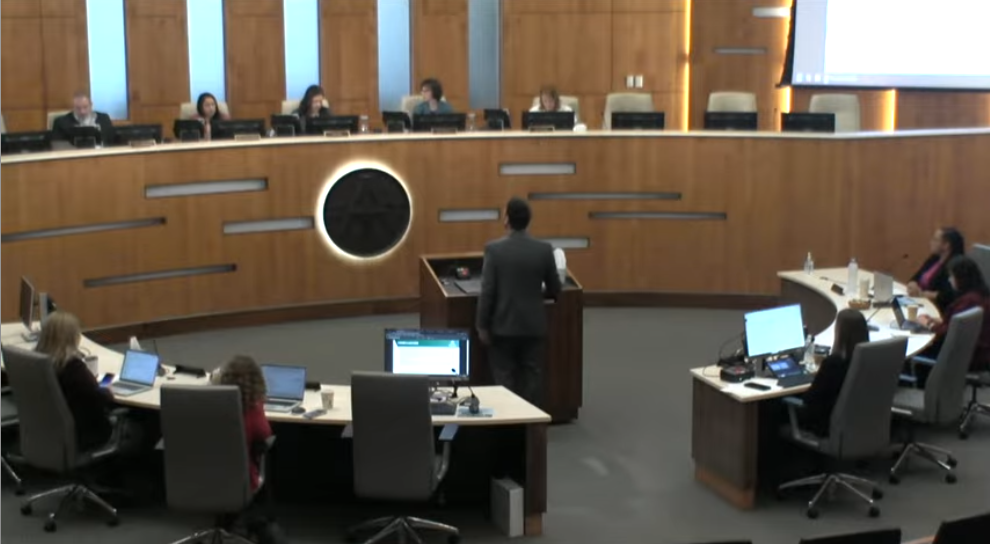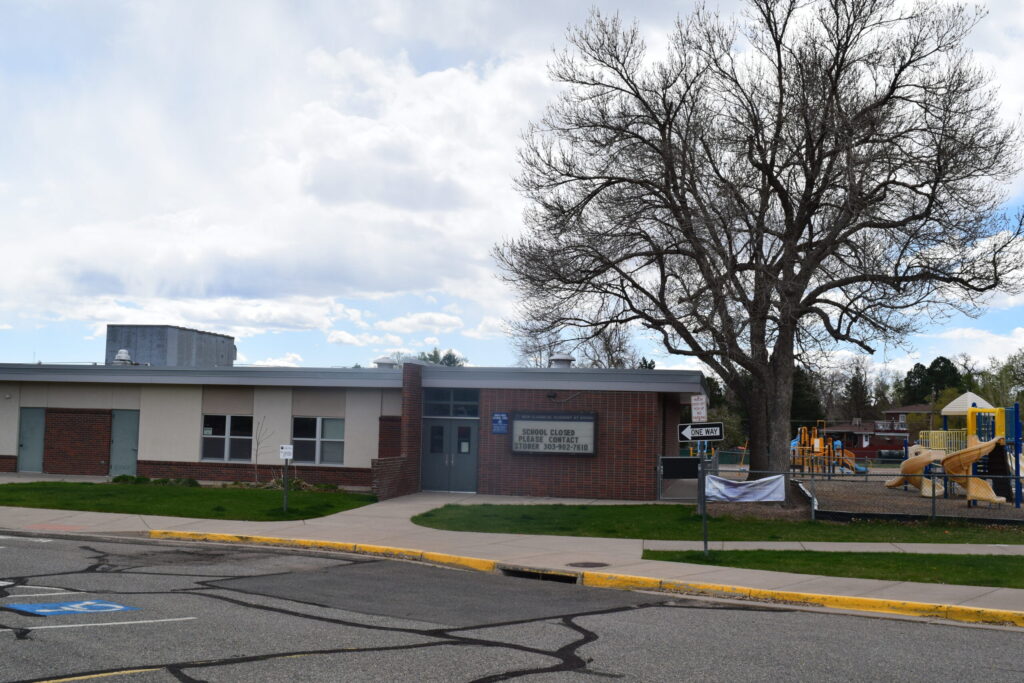CDOT seeks public comment on I-270 widening project
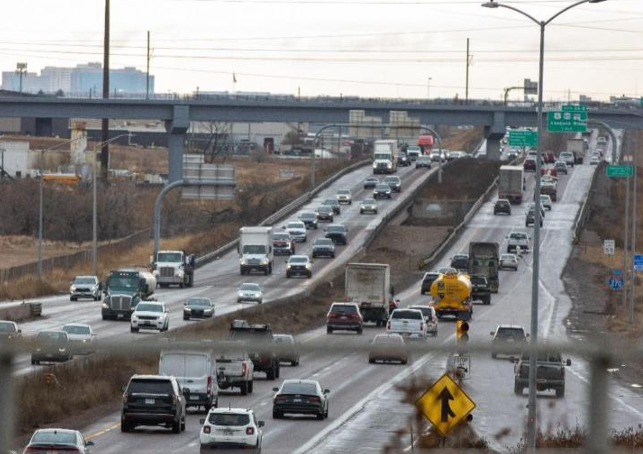
The Colorado Department of Transportation is considering two different plans to add lanes to I-270 through Commerce City, and asking for public feedback through late January.
CDOT published an environmental impact study Friday for I-270, describing two recommended solutions to heavy traffic and high crash rates on the freeway that connects I-25 to the north and I-70 to the south.
The report highlights issues with the freeway and the pros and cons of two different widening projects meant to address the issues.
It is available on CDOT’s website and the public is invited to comment through Jan. 20.
Currently, I-270 runs 6.5 miles from the I-25 and US 36 interchange to I-70 and has two lanes in each direction, with interchanges at I-76, York Street, Vasquez Boulevard and Quebec Street. The posted speed limit is 55 mph.
The freeway sees about 42 crashes per mile per year, about 40% more than other similar four-lane freeways in Colorado, according to the report.
It often operates at or over capacity, the report adds, with more vehicles trying to use it than it is meant to accommodate.
At its posted speed limit, it should take up to eight minutes to drive from end-to-end. It typically takes more than twice that long in the morning and up to 25 minutes in the afternoon, according to report data.
Without improvements, peak hour travel times on I-270 are projected to more than double by 2050, according to the report.
Other issues along the corridor include deteriorating pavement, tight interchange ramps, narrow shoulders and short merge areas.
Eight project plans were suggested to address the issues on I-270, and Friday’s report recommended two of them — one that would add a general use lane in each direction and the other that would add an express lane for transit in each direction. The EIS also looks at a no-action alternative to compare benefits and impacts.
CDOT and the Federal Highway Administration determined that adding an express lane best addresses the project’s needs.
There are several similarities between the two recommended plans. Both would add one new travel lane in each direction and would reconstruct infrastructure along the freeway, such as shoulders and ramps, to accommodate the additions.
Both plans would also improve and add interchanges and bridges, add new pedestrian and bicycle infrastructure, improve safety for key trails in the area, and upgrade public transit along the corridor.
The major difference between the two options is in how the new travel lane would operate.
Adding a general-purpose lane in each direction would cost $789 million, and adding an express lane in each direction would cost about $806 million.
The latter would also bring in revenue from tolls to help fund construction and ongoing operations.
Funding sources include Colorado Senate Bill 1 Strategic Project funds, federal discretionary grants, statewide bridge and tunnel enterprise and the Colorado Transportation Investment Office.
The environmental impact statement released Friday was prepared under the National Environmental Policy Act, evaluating how the project could affect the environment and surrounding communities.
CDOT and the FHWA started the process in 2020 with plans to prepare an environmental assessment. In 2023, CDOT determined that the project was complex enough that it warranted a more detailed review, and the process of creating an EIS started in August 2024.
From the time of its publishing on Oct. 21, 2025, the public has 60 days to comment on the EIS. This will include public hearings, and the next step will be a decision document, which will outline next steps.
Already, more than 1,000 comments have been submitted about the project by community members, organizations and agencies.






